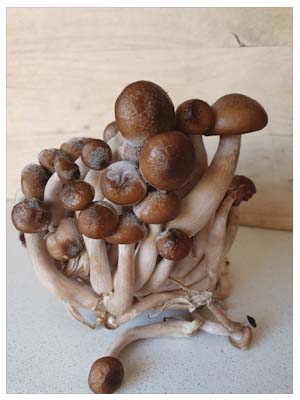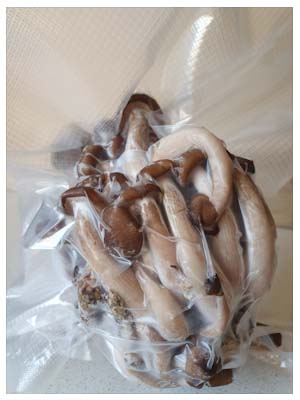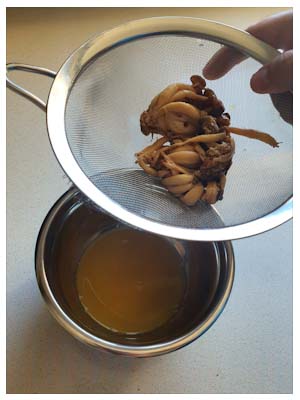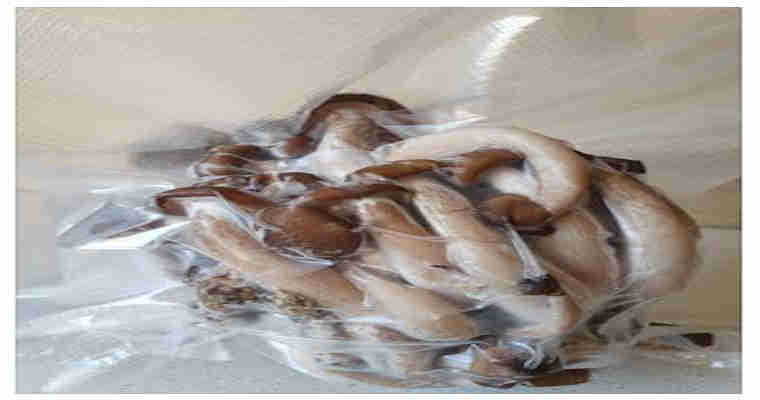In many regions of the world, the process of lactic fermentation is also traditionally used to preserve edible mushrooms. Lacto fermented mushrooms are appreciated for their organoleptic qualities as well as the presence of many different bioactive substances exhibiting healing and health‐promoting properties.

Mushrooms are a group of approximately 14,000 species. Due to their culinary importance, an informal group of edible mushrooms includes at least 1,000 to 2,500 species. But only about 25 species are widely accepted as food.
The largest part of the dry matter of edible mushroom (from 35% to 70%) are carbohydrates, that is, the most important ingredient for the use of mushrooms as a raw material in the process of lacto fermented mushrooms making.

In many regions of the world, fermented mushrooms are a valued delicacy. Several species of fungi have been lacto‐fermented by Eastern Slavs, Estonians, and Poles. Lacto‐fermented mushrooms are a well‐known and valued product also in the countries of southeast Asia, where fermentation processes are commonly used in food production, which allows utilization of waste or inedible material

The flavor of Lacto fermented mushrooms
The recipe is from the excellent book by the chefs from Noma Restaurant that is in Copenhagen, René Redzepi and, David Zilber. The Noma Guide to Fermentation.
For more about fermentation see Top 5 Food Fermentation Books.
“The true prize of this recipe is the fermented juice that leaches out of the ceps. It’s like a Swiss Army knife for us in the Noma kitchen — we use it to season everything from fennel tea to monkfish liver. It has a balance and funk that really electrify anything it touches.”
I love the flavor of these fermented mushrooms. The earthiness of the mushrooms with the grate sour, salty, savory flavors that really came through, and of course some slight funkiness from the ferment. The f
In the original recipes, they recommend using cleaned cep (porcini) mushrooms, but instead, I used Shimeji mushrooms.
Ingredients
500 g
cleaned Shimeji mushrooms, frozen for at least 24 hours
20 g salt
As recommended, I used a vacuum sealer to make my lacto fermented mushrooms.
- Place the frozen mushrooms and salt in the vacuum bag and toss to mix thoroughly.
- Seal the bag.
- Ferment the mushrooms in a warm place until they have released much of their liquid, yellowed slightly and soured nicely. This should take 5 to 6 days at 28°C (82°F), or a few days longer at room temperature.
- You should start taste-testing after the first few days. If you’re fermenting in a vacuum-sealed bag, you may also need to “burp” the bag if it balloons. Cut a corner open, release the gas, taste the mushrooms and reseal the bag.

- Once the mushrooms have reached your desired level of sourness and earthiness, carefully remove them from the bag. Strain the juice through a fine-mesh sieve. The mushrooms and their juice can be stored in separate containers in the refrigerator for a few days without a noticeable change in flavour. To prevent further fermentation, you can also freeze the mushrooms individually on a tray, transfer them to vacuum-sealed bags or zip-top freezer bags with the air removed and store in the freezer.
This site is a participant in the Amazon Services LLC Associates Program and contains affiliate links to products. We may receive a commission for purchases made through these links.
